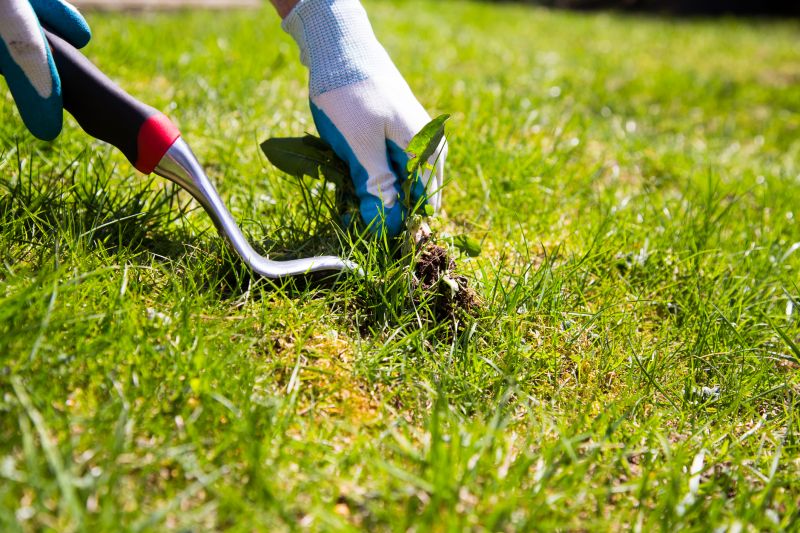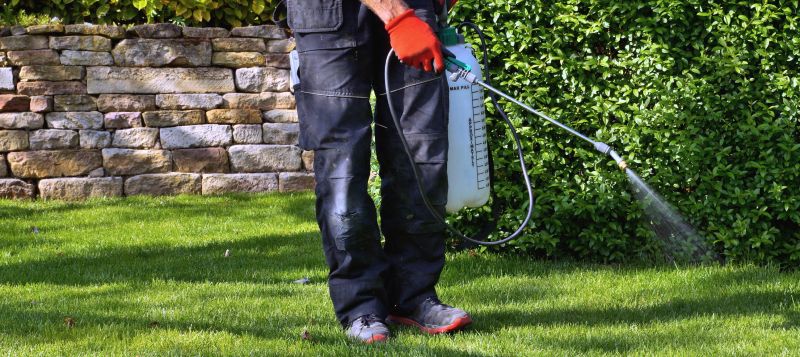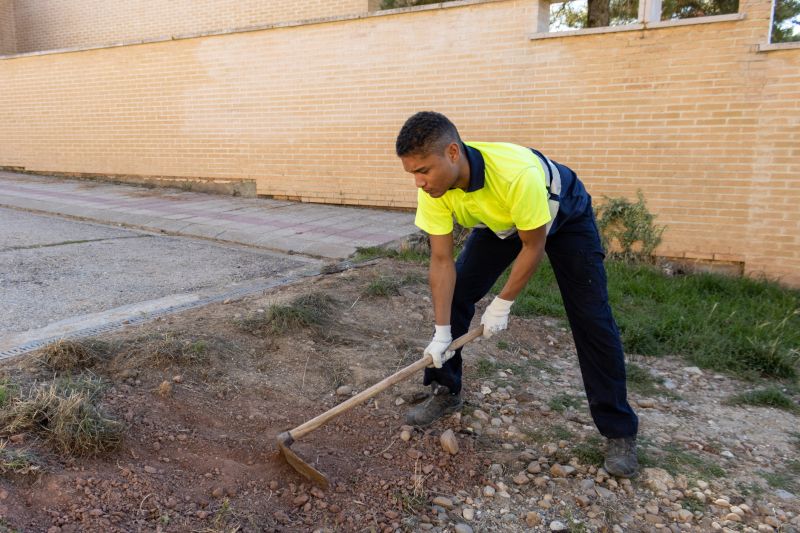Honeysuckle Control Cost Factors

Larger infestations require more resources, increasing the overall cost of eradication.

Difficult terrain or restricted access can elevate labor and equipment expenses.

Options like manual removal or chemical treatments vary in cost depending on scope and technique.
| Factor | Impact on Cost |
|---|---|
| Size of Infestation | Larger areas increase labor and treatment expenses. |
| Location Accessibility | Hard-to-reach areas require specialized equipment and additional time. |
| Treatment Method | Chemical, manual, or combined approaches influence overall costs. |
| Environmental Conditions | Weather and terrain can extend project duration and costs. |
| Labor Requirements | More intensive labor raises the total expenditure. |
| Permitting and Regulations | Compliance costs may add to the overall budget. |
| Post-Treatment Monitoring | Ongoing assessment can increase long-term expenses. |
Effective eradication strategies consider both immediate removal costs and long-term management to prevent regrowth. While initial expenses can be significant, proper planning and execution ensure the sustainability of the results, potentially reducing future costs associated with repeated treatments or secondary infestations.

Chemical methods usually involve costs for herbicides and application equipment, with prices depending on the area size.

Labor-intensive manual removal can vary based on workforce size and duration of the project.

Monitoring for regrowth incurs ongoing costs to ensure eradication success.
| Service | Average Price Range |
|---|---|
| Small Property Removal | $500 - $2,000 |
| Large Property Removal | $3,000 - $10,000 |
| Chemical Treatment | $1,000 - $5,000 |
| Manual Removal | $1,500 - $6,000 |
| Site Assessment | $300 - $1,000 |
| Post-Removal Monitoring | $500 - $2,500 |
| Emergency Removal Services | $2,000 - $8,000 |
| Secondary Infestation Prevention | $1,000 - $4,000 |
| Consultation and Planning | $500 - $2,000 |
